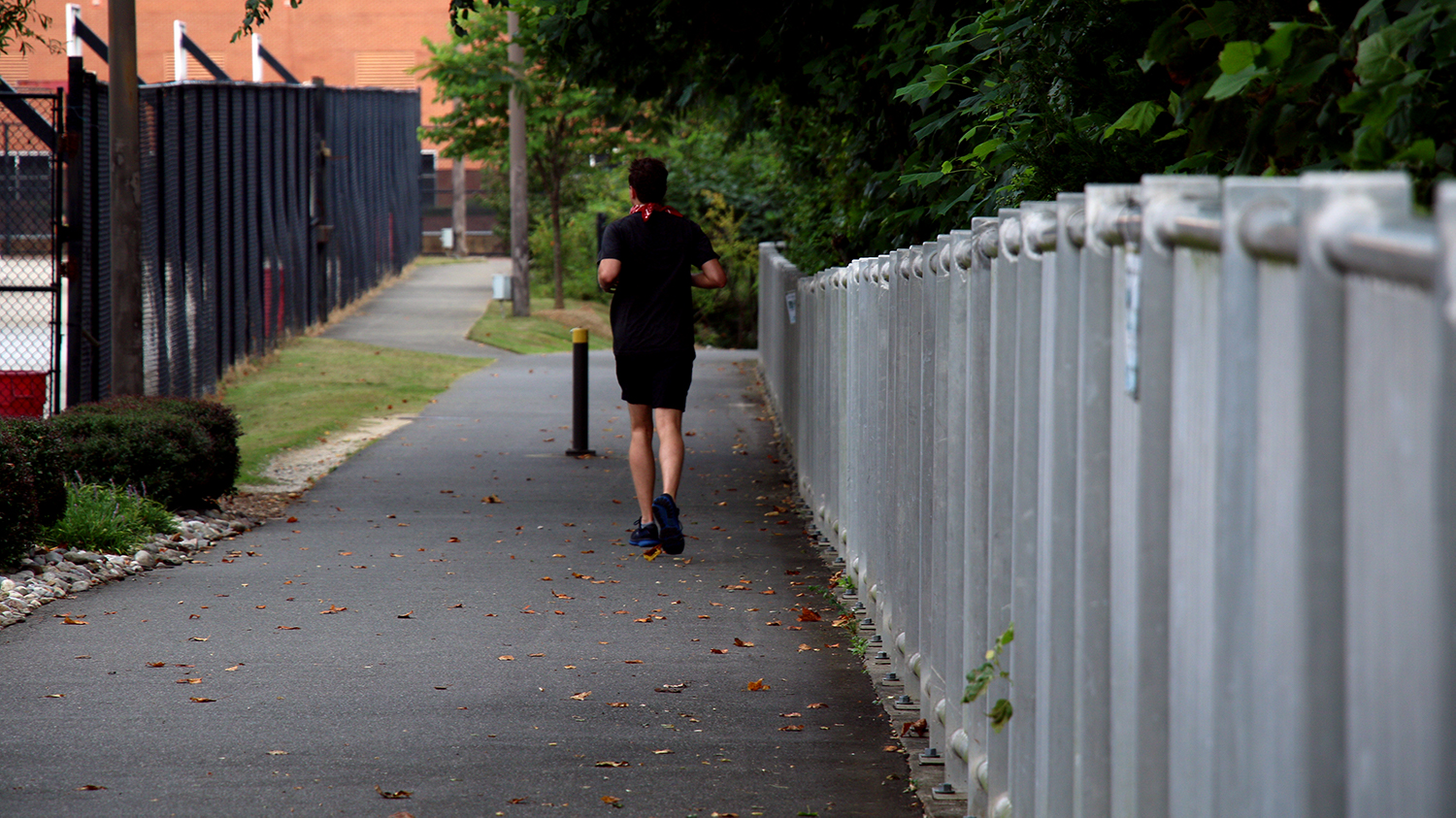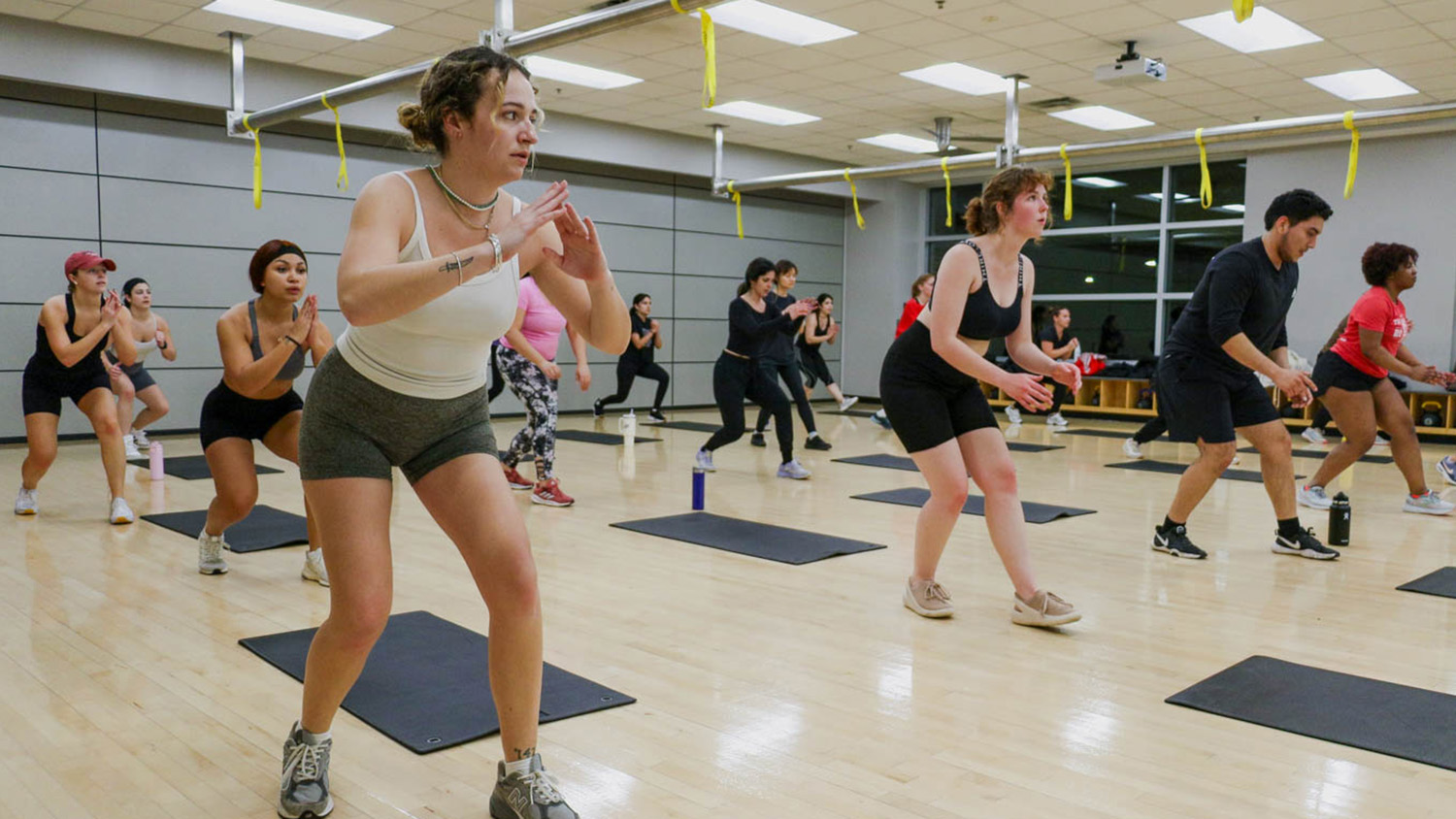By: Kianna Cook ’21, applied nutrition, wellness assistant
Often, we associate a good workout with high-intensity exercises like running or weight-lifting. However, walking can have numerous health benefits, regardless of your fitness level. Even if you do participate in high-intensity activities regularly, walking can be a great activity for an active rest day. Getting into a routine of exercising regularly can be intimidating- luckily, there are many tips and strategies available that can help you take one step at a time toward more healthy habits.
Why Walk?
Putting one foot in front of the other for thirty minutes a day can have an incredible amount of health benefits.
- Improves fitness and endurance
- Improves cardiac health
- Brightens mood
- Alleviates symptoms of anxiety and depression
- Boosts immune system
- Reduces the risk of cancer and chronic diseases such as high blood pressure and heart disease
- Improves circulation
- Elevates creativity by increasing divergent thinking
- Fine-tunes brain function and memory
- Improves posture
- Boosts creativity
- Enhances sleep
Ways to Walk More
Getting in a workout routine can be difficult. Finding the time and motivation to walk multiple times a week can be difficult, especially when we have a busy schedule. With a stressful week, exercise is often forgotten, but in times of stress, exercise can be a great way to calm the mind and body.
Here are strategies you can use to get moving more:
Mix up where you walk
Take advantage of all the great places to walk on and around campus. Take a walk around the indoor track at Carmichael, find a treadmill in the Playground or explore the Rocky Branch Trail or Pullen Park. A walk around campus can also provide you with a nice change of scenery.
Set the treadmill at an incline or use the interval function
This will add an extra challenge to your walk. Doing this can challenge your cardiovascular system.
Walk to class
Using the bus or Lime scooters can be tempting when your class is across campus, but taking the extra ten to fifteen minutes to walk can help you feel more refreshed and energized going into class.
Plan a short walk during the day
Finding time to exercise can be tricky. Putting aside a time in your day to walk can help you make sure you don’t leave it out.
Use a fitness trackers and apps
Fitness trackers like Fitbit and Garmin are great ways to track your daily steps and walks. For those who enjoy a little competition, many trackers have an option to complete step challenges against friends. You can also download free apps to track your steps such as Pacer, Charity Miles and MyFitnessPal.
Set a step goal
Set an attainable goal for yourself each day and slowly increase it over time.
Walk with friends or family
Finding a walking friend or family member can help you stay accountable and make walking more fun.
Take the stairs
The elevator is always a tempting option, but take the stairs when you have the chance. This will help strengthen and tone the muscles in your legs, while also challenging your cardiovascular system.
Park the car far away
Parking near the back of a parking lot or down the street from your destination can help you work a few more minutes of walking into your day.
- Categories:



